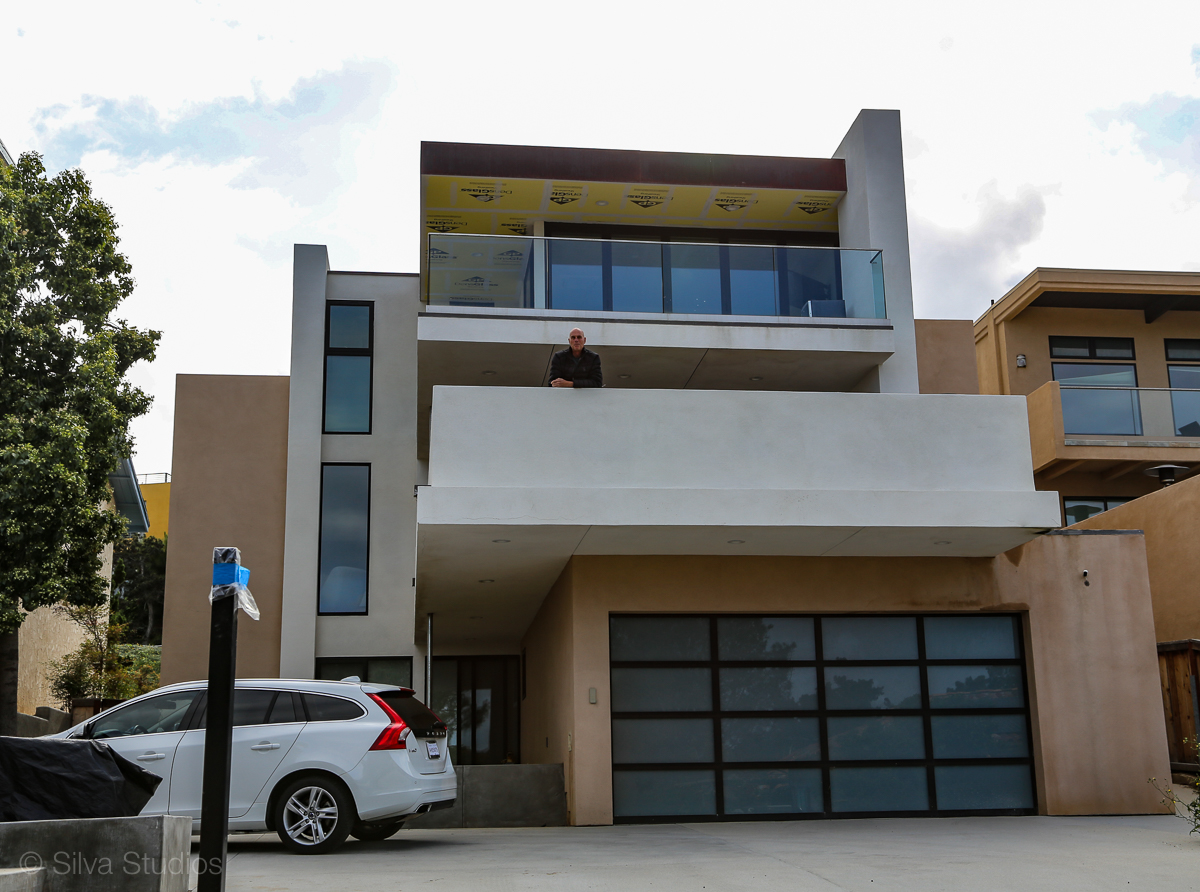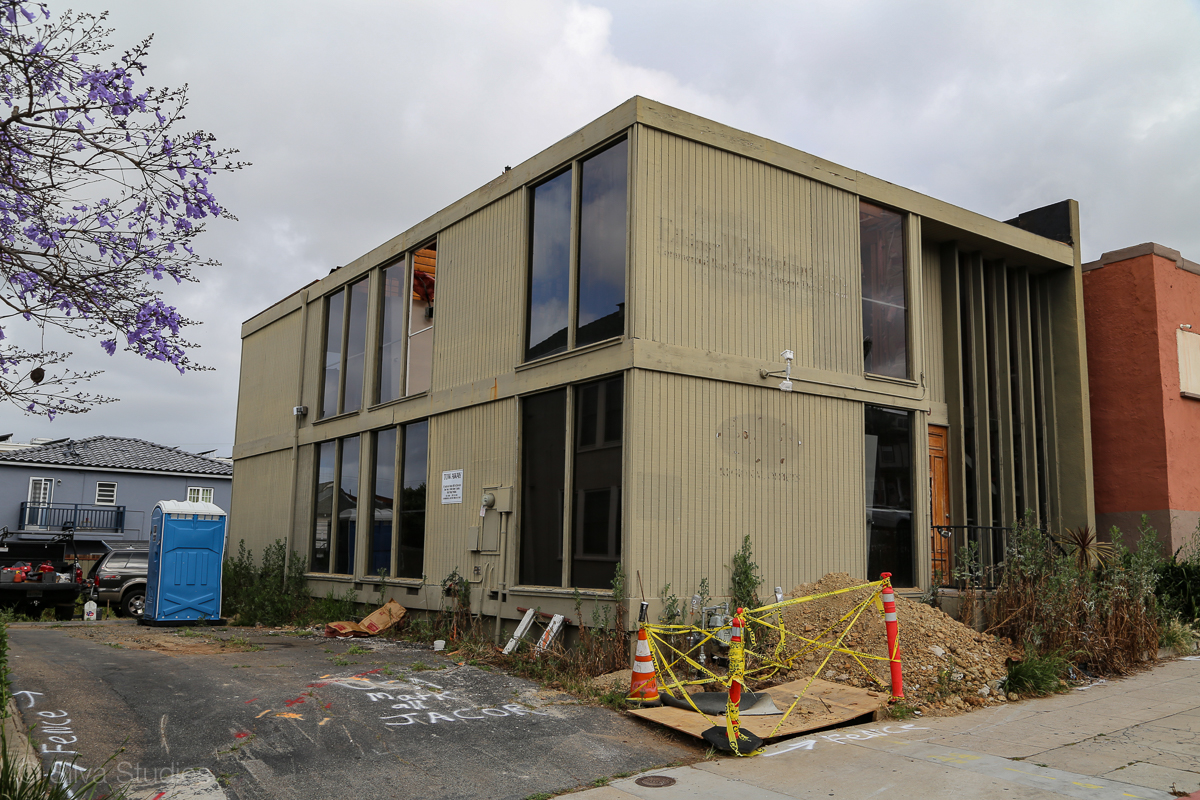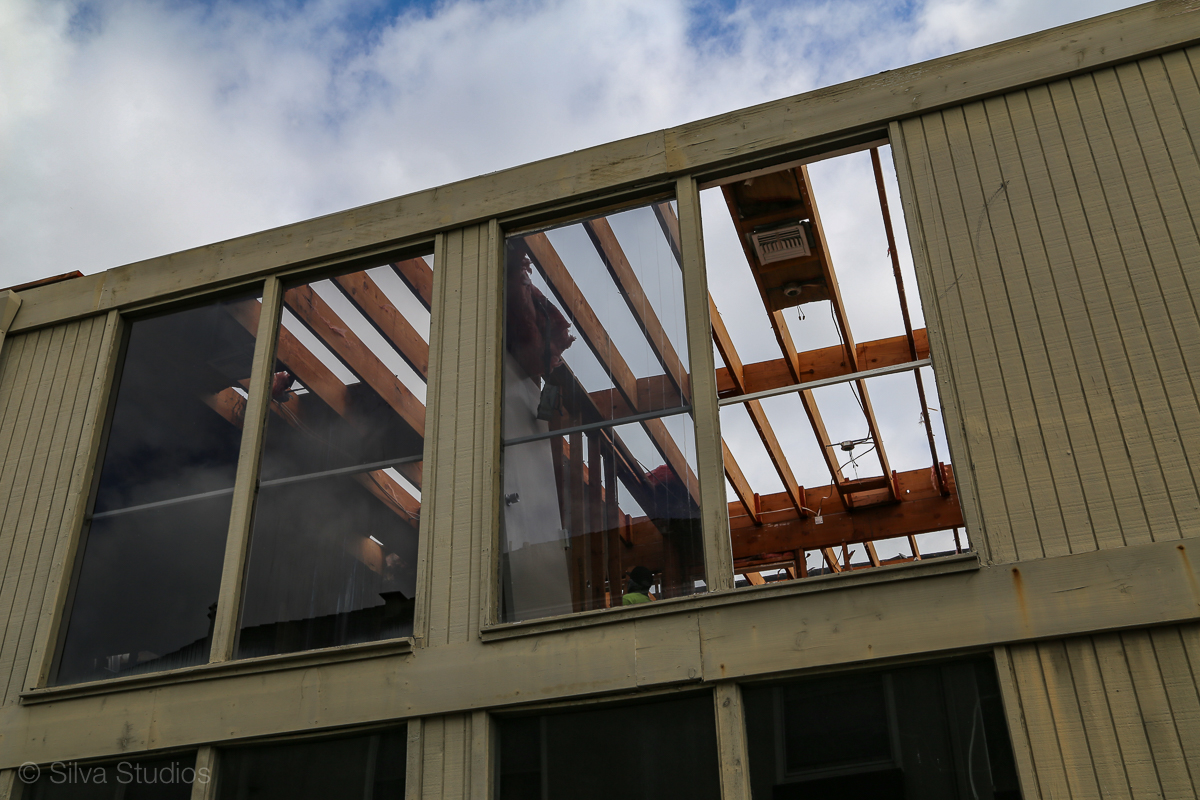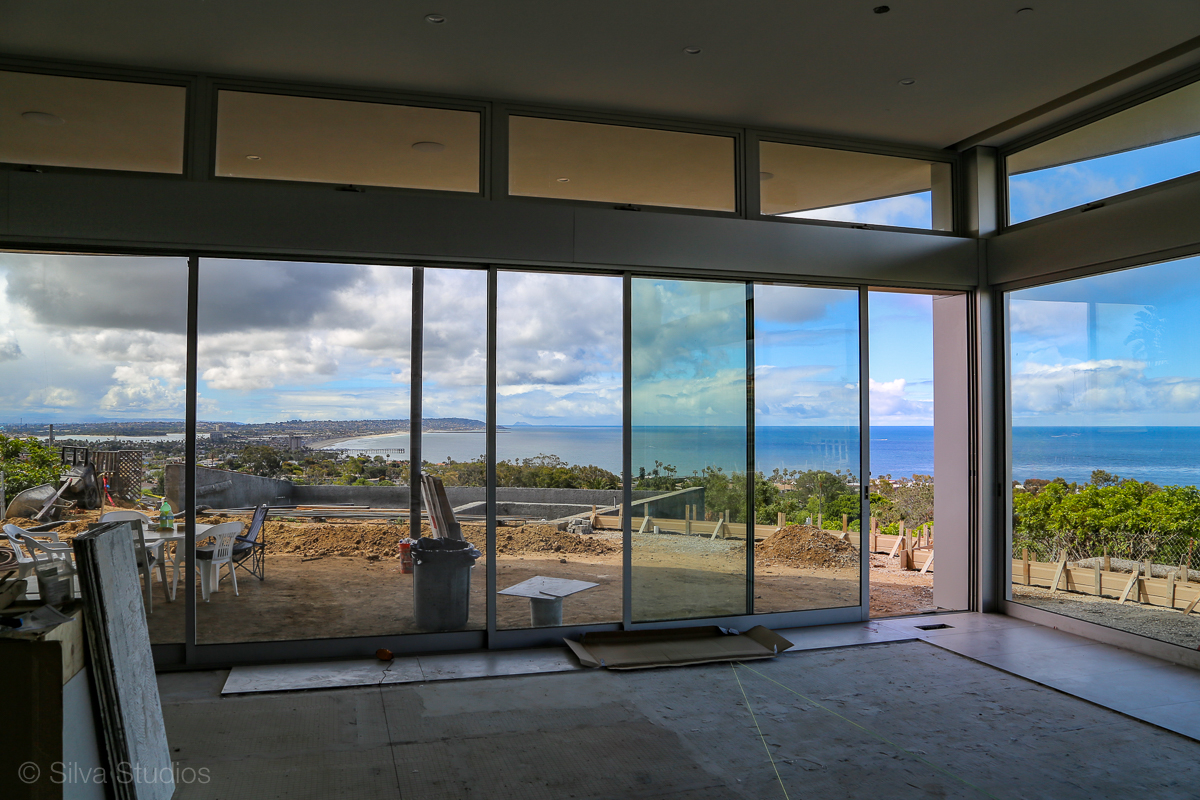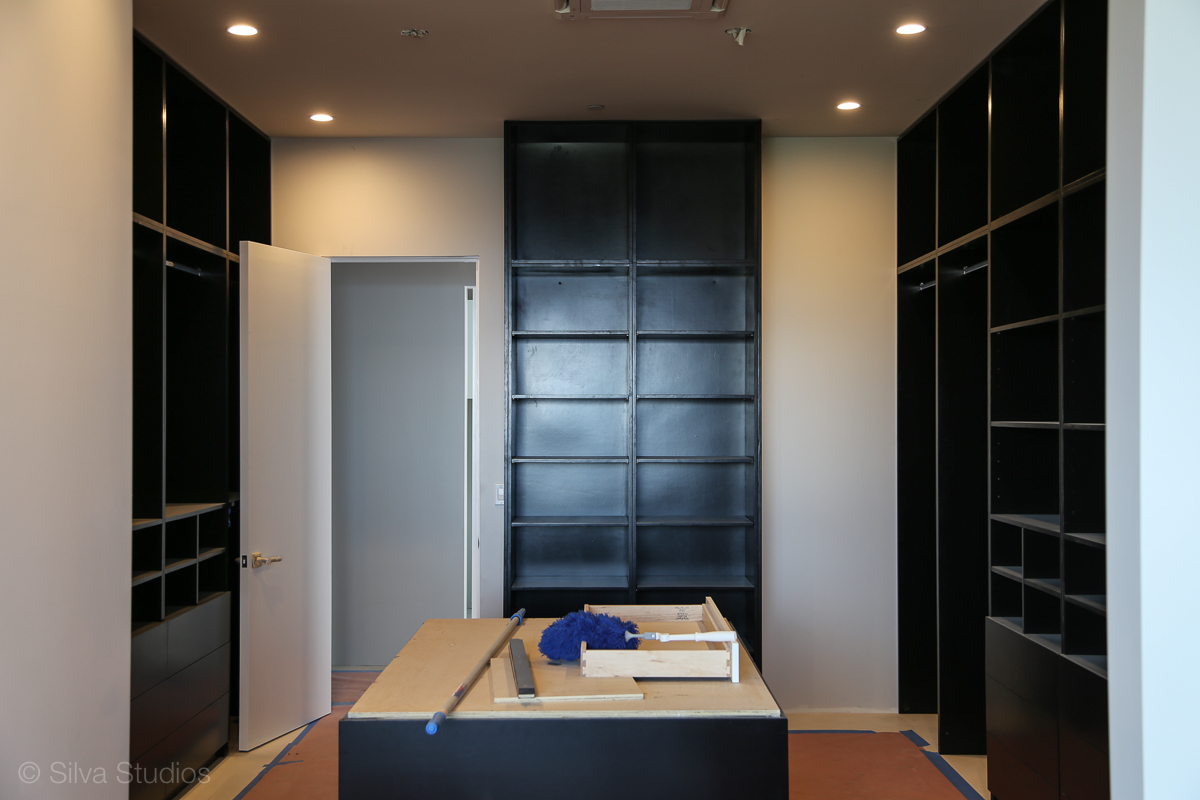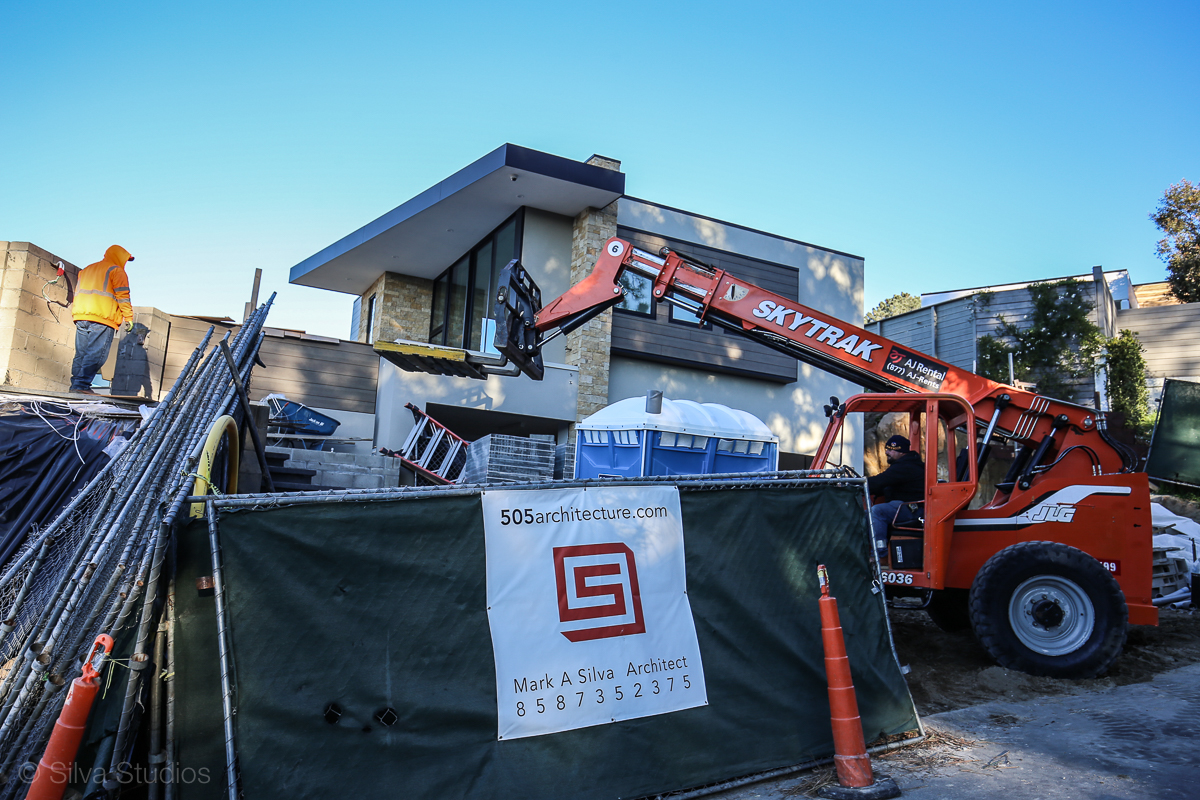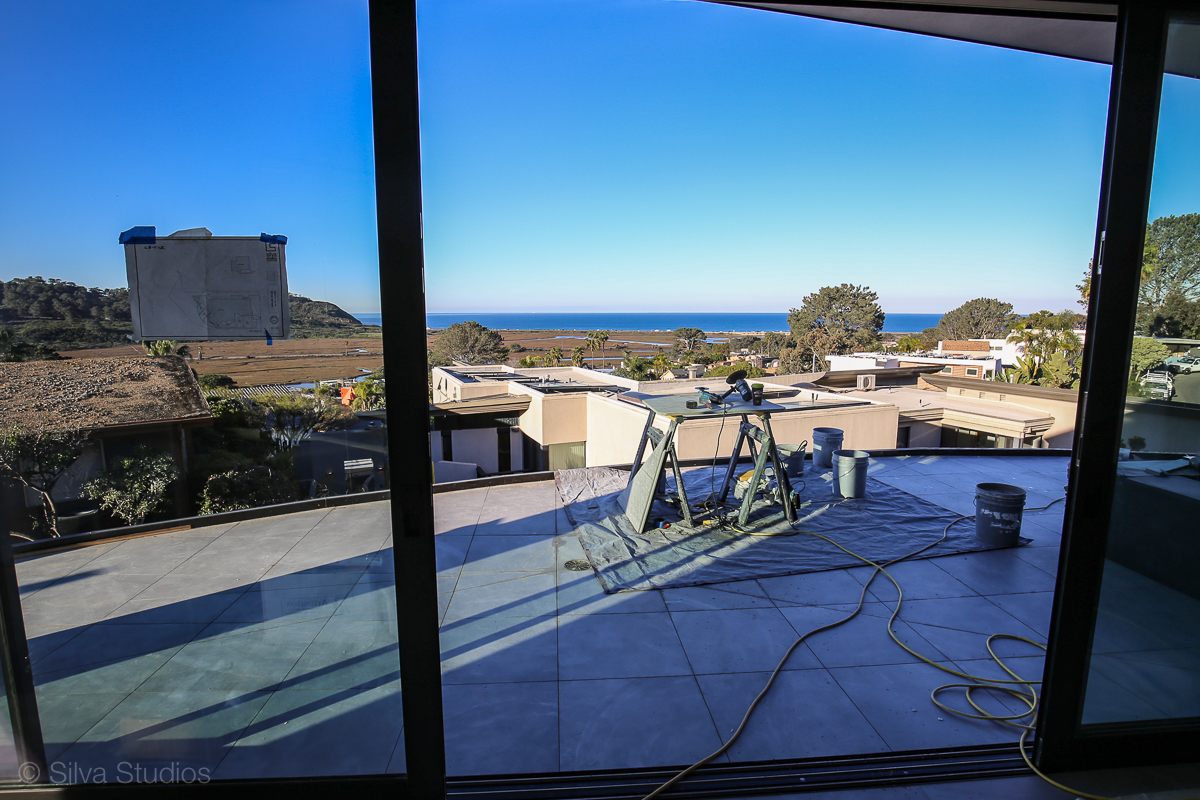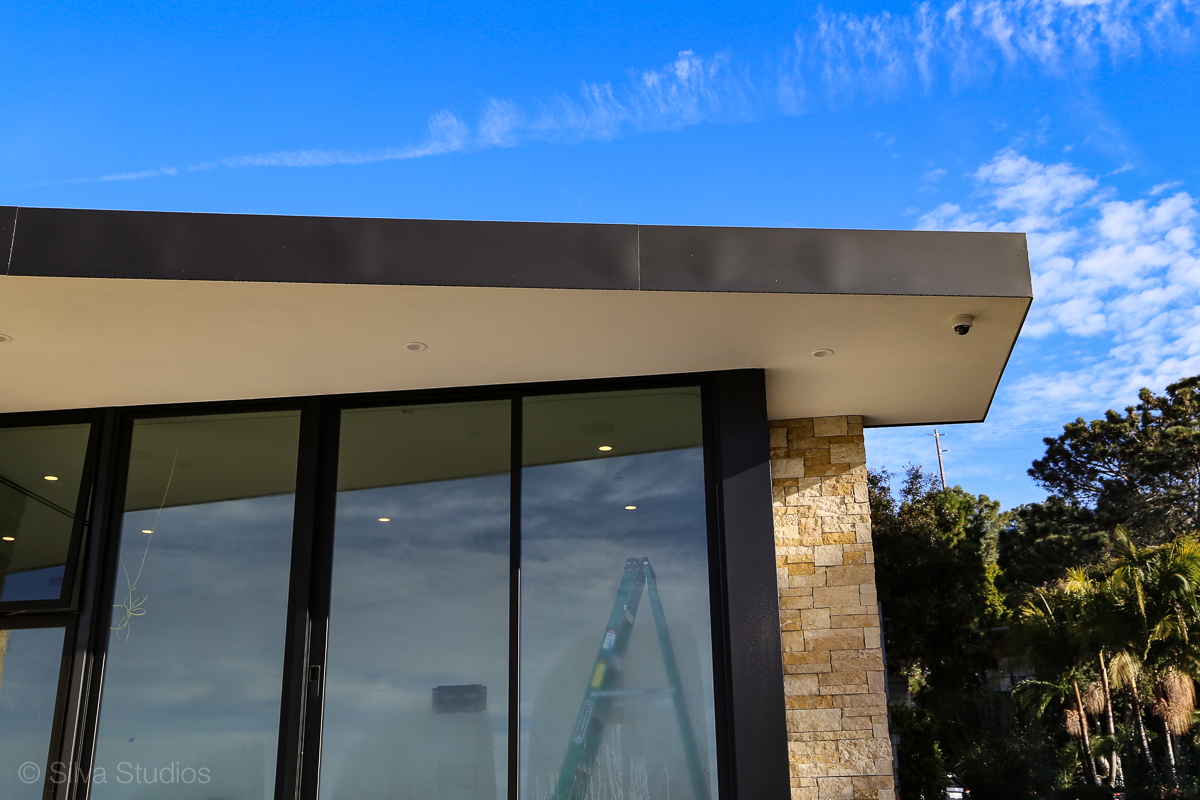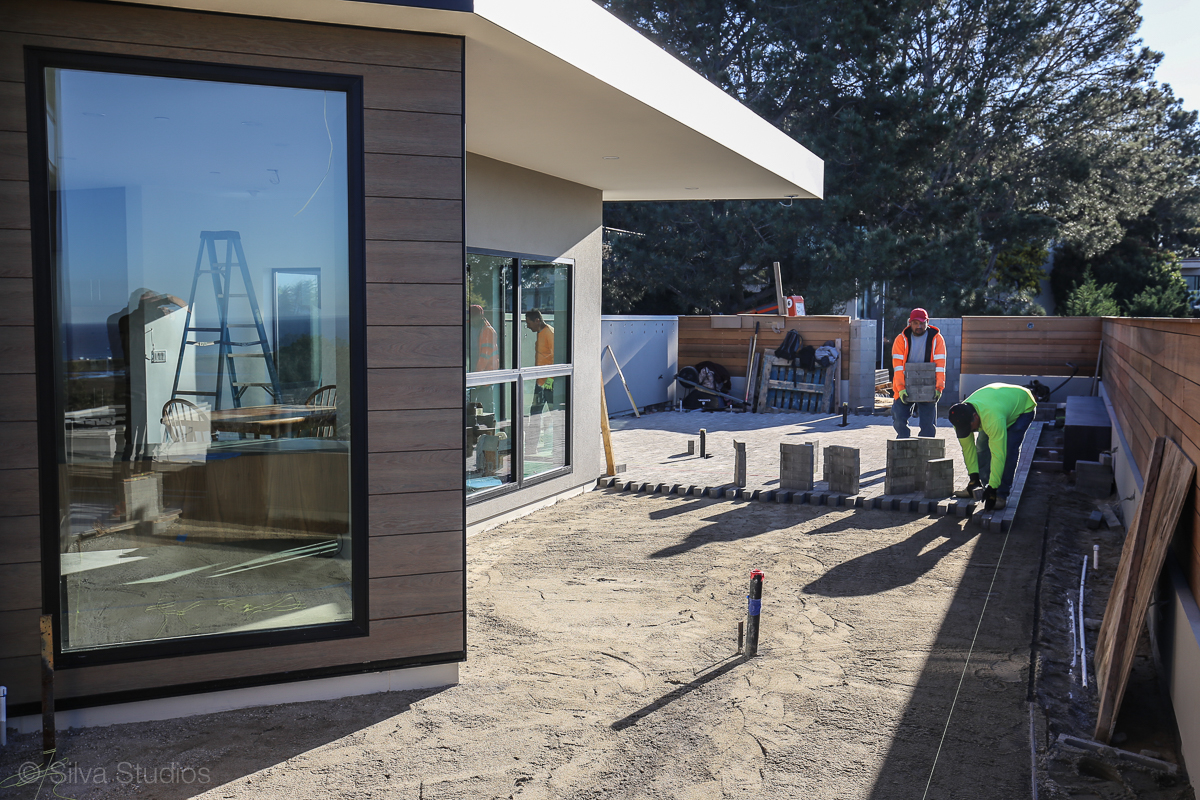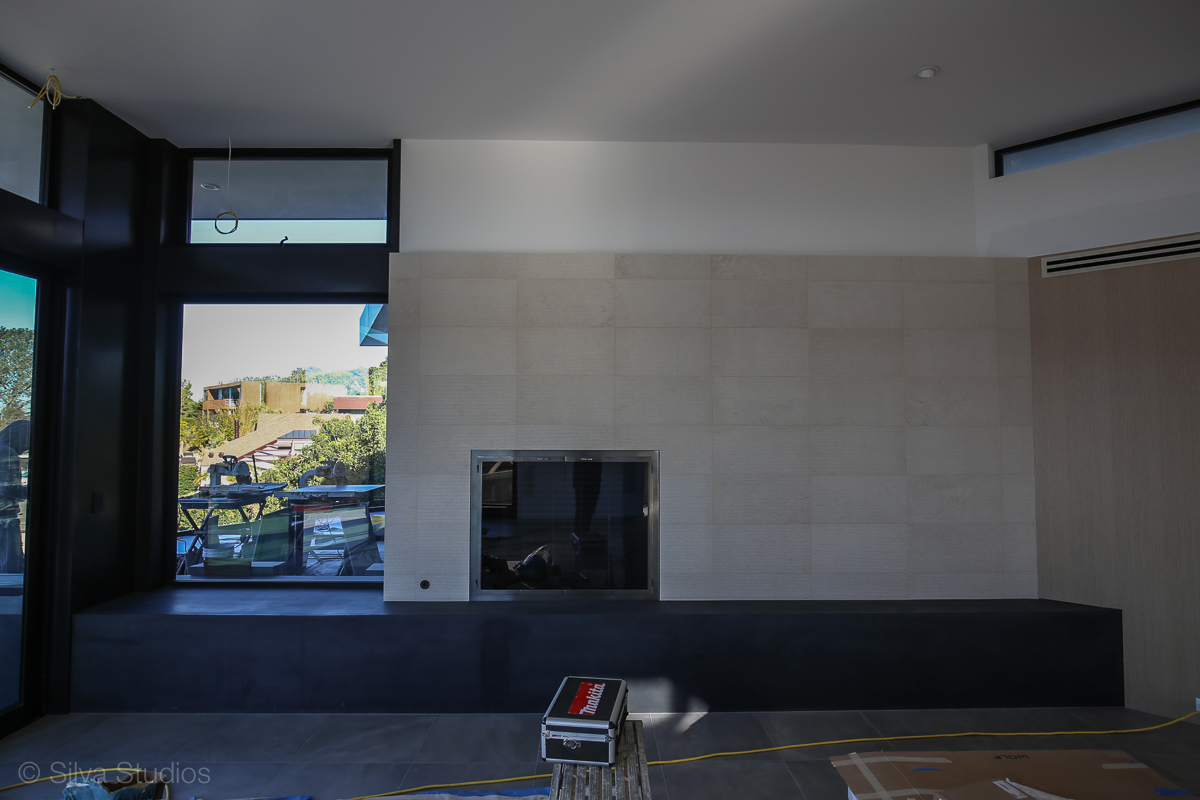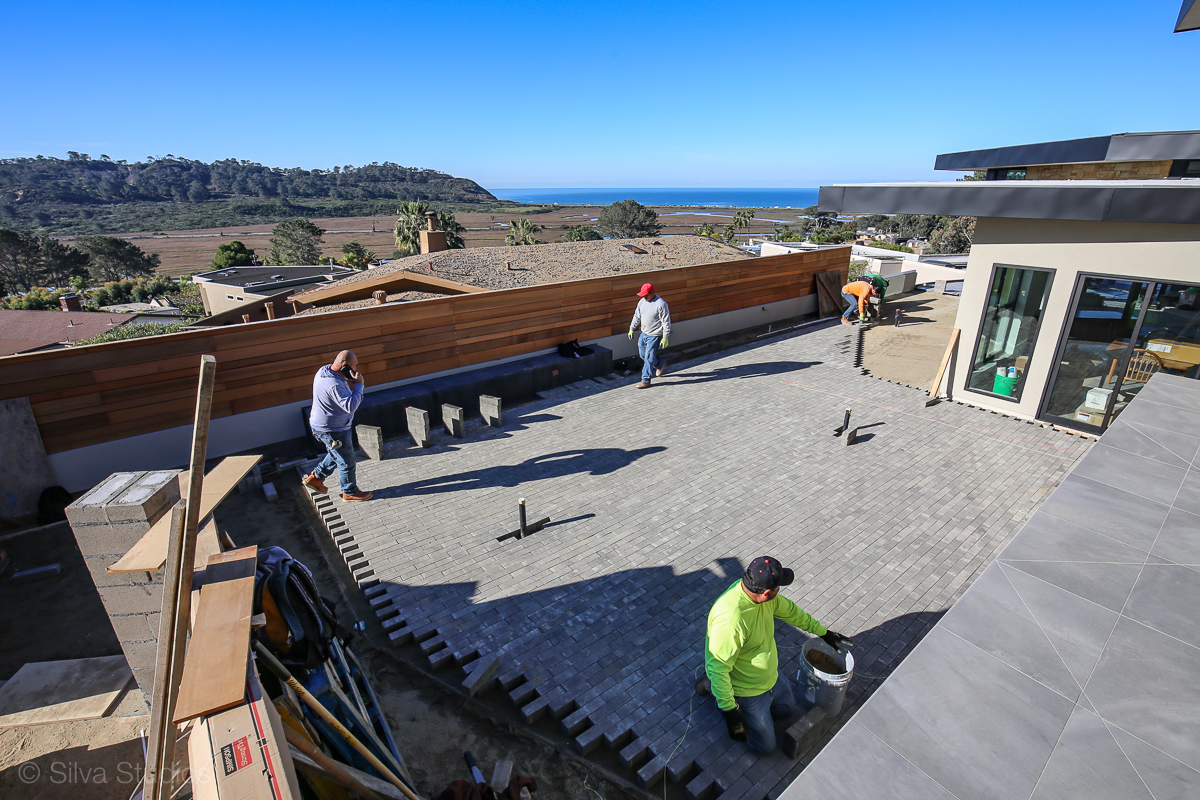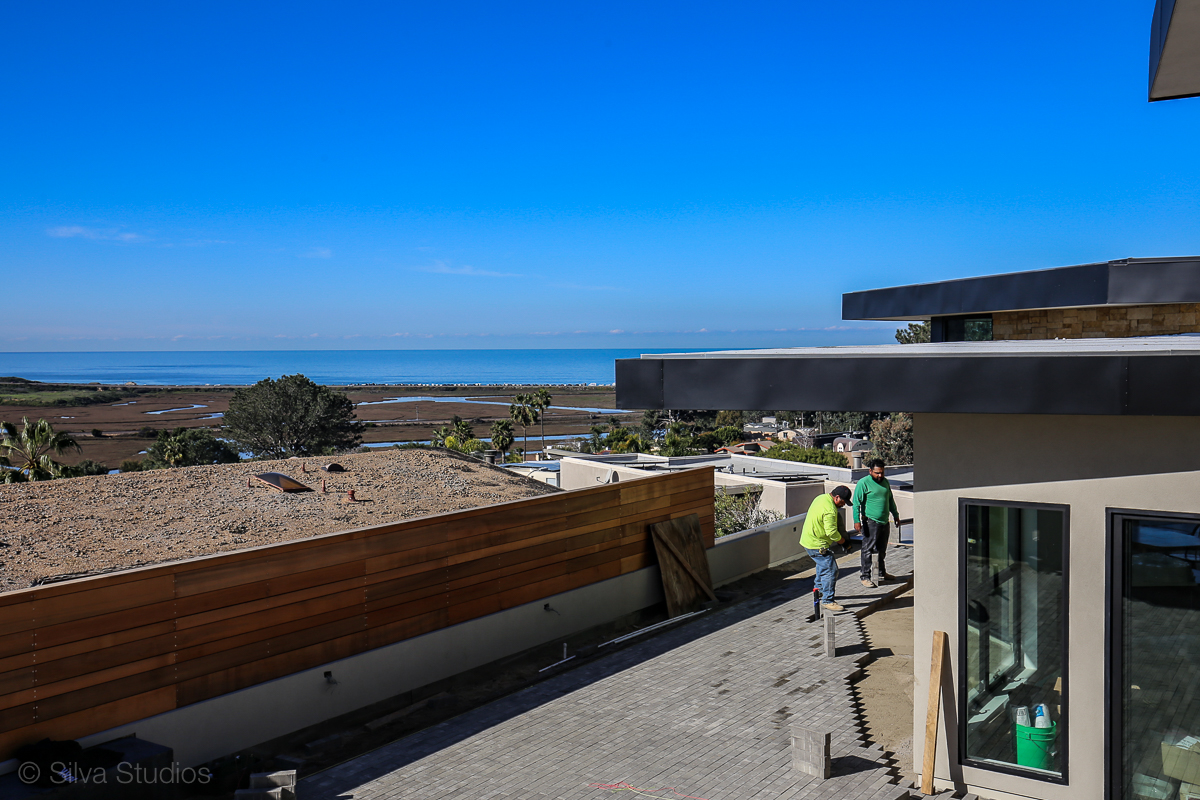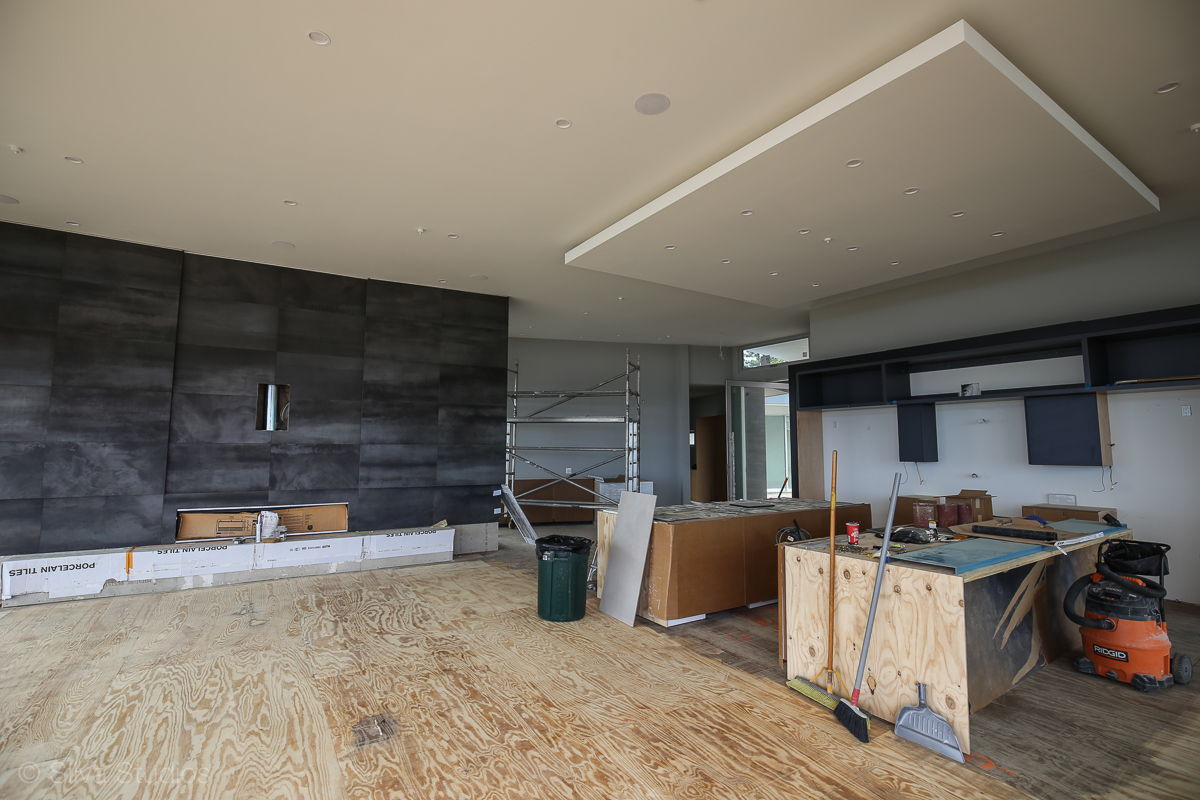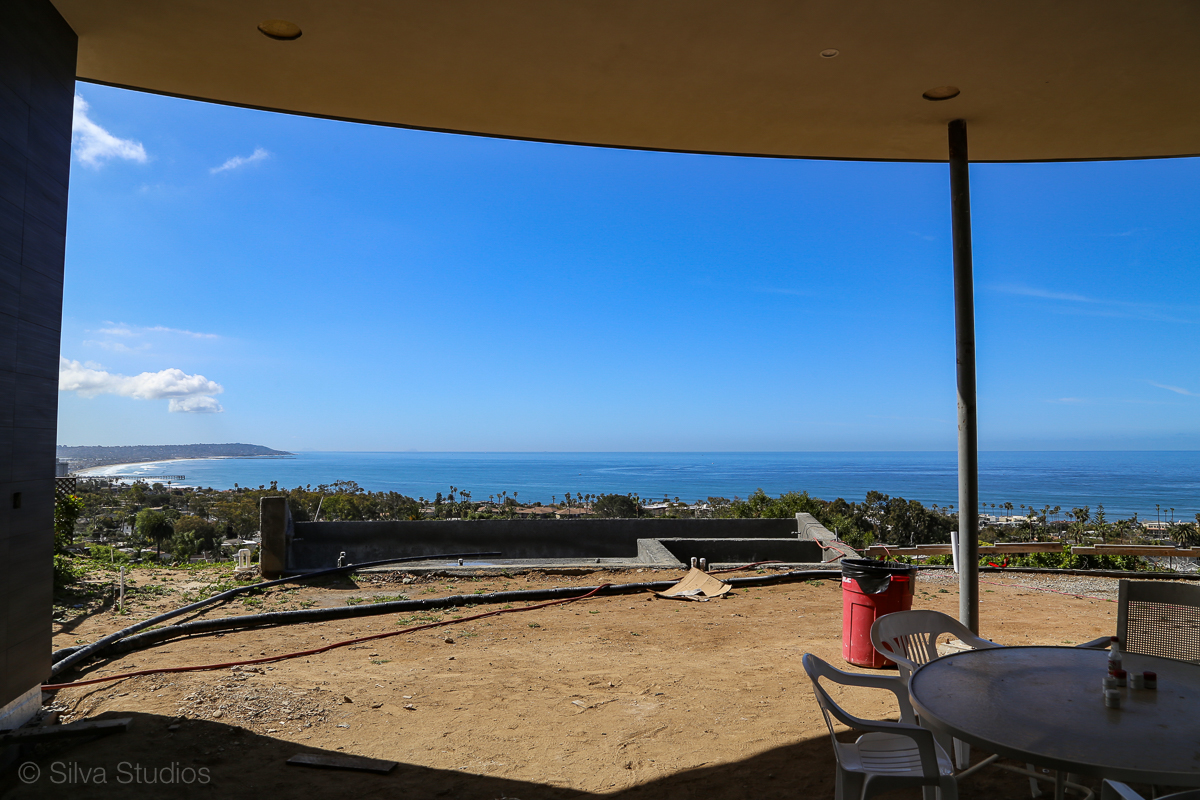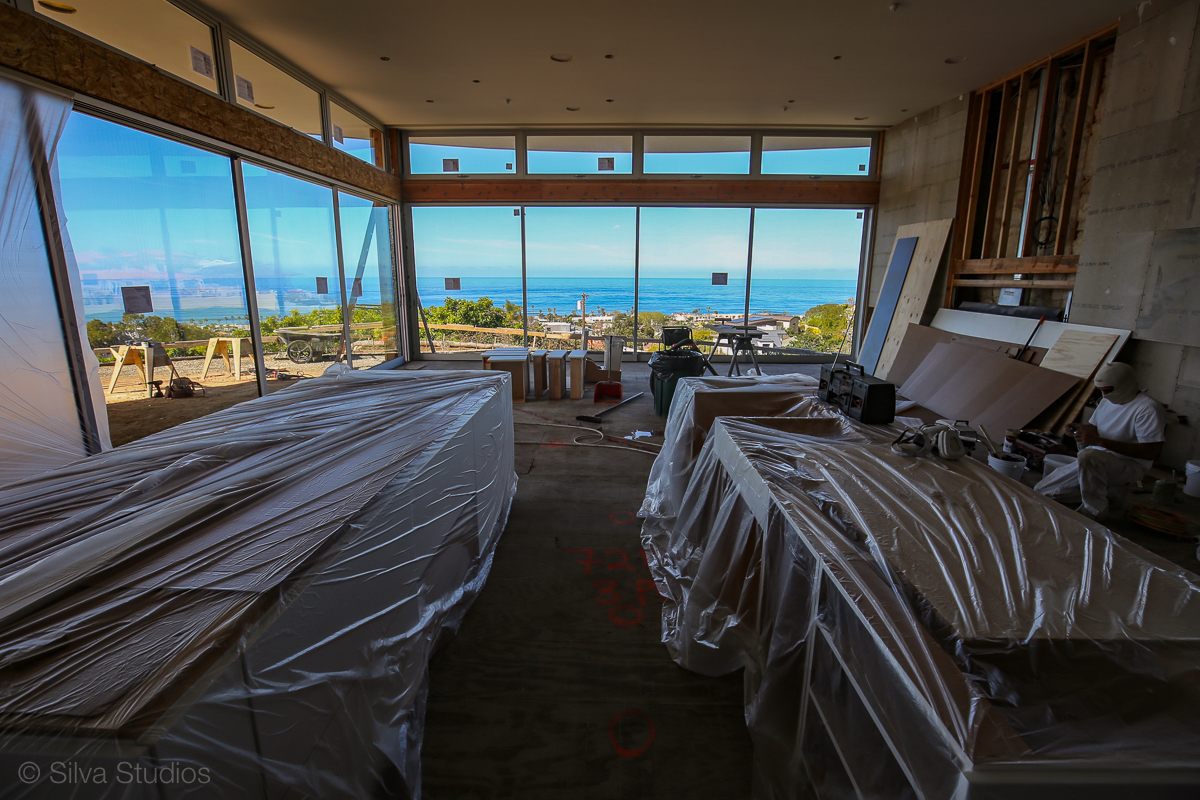Mark A Silva, Architect
The roof ridge ran through my little bedroom.
At the age of 7 my family moved into a William Krisel post and beam mid-century modern home in San Diego. With vast expanses of glass and vaulted ceilings, I had never seen anything like it in my short life. Laying in bed, directly over me every night was the intersection of three large beams, one the ridge beam and the rafter beams sitting on it. So simple, but to me it was fascinating. Somehow it was like that simple connection explained everything for me.
There was a lot of home building going on in San Diego in the late 60s, and a lot of it nearby. I would ride my stingray bicycle to the construction sites after hours and on weekends, sometimes with friends, often alone. The mud puddles were especially fun after a rain, but it was the framing of the walls, the shapes of the roofs, the decisions that had been made for it to be the way it was - these were the things I remember most about those excursions. I was a pre- teen, and pretty much had figured out how houses were built. Worse than that, I thought I could do it better. I think I was eleven when I declared I wanted to be an architect.
My first serious research was reading a paperback biography of Frank Lloyd Wright written by a female author when I was 12 or 13. I wish I could remember her name, but I remember it had red on the cover. Pretty sure it was the first real book I read cover to cover, and the one thing I remember most, or what I learned most from it was that FLW was a poor man, then a rich man, then a poor man, then a rich man once again. Over and over throughout his career. Some reason this stuck with me, but did not discourage me.
Because of this demonstrated interest while young, whenever I was home sick from school, my mother Maida Lee Silva, as a part of her care, would bring me house plan publications from the drug store. At that time they were readily available, lucky for me. I would study these, again with the thought that I could do it better. She also taught me aesthetics, she was keenly aware of what looked good. I got that from her. Around this same time, my father John Silva would bring home from his office for me 11x17 pads of trace paper with a 1/4” grid on them. Not sure my parents understood how much they sealed my fate.
Wish I still had those old trace paper pads that had my earliest designs on them. I remember some of them. I also remember asking for feedback from my parents on the designs, like asking my mother if she thought the kitchen would work well. Our William Krisel home had a big influence on those early designs, and on the rest of my life as it turns out. That little bedroom was mine for arguably the most formidable 11 years of my life.
The next influence was a tower of a man I knew as Mr. Bue. A school teacher who ran a drafting class like it was a drafting room in a company. Here I learned to draft, and learned the finesse of drafting as an art form. But it was so much more than art, it was technical, instructional like a manual of how to build something! I loved that class.
After high school and a short stint in the Air Force, where I designed a remodel of a hanger into offices for the commander, I took a trade school course at what was American Business College in San Diego. Obtained a certificate in Architectural Drafting. Thinking that if I don’t make it to becoming an actual architect, at least I can be an architectural draftsman. That word “architectural” on that little paper certificate meant the world to me.
Reuniting with my high school sweetheart Kris Rucker, was the beginning of a wonderful never ending chapter. For nearly five years after receiving my certificate I worked as a graphic illustrator in various companies illustrating manuals for military equipment, as there were no entry level jobs in architecture during that period of time, and I looked. There was a technical writer upstairs that I knew got the newspaper everyday. I would sneak up there to look at the classifieds. Finally one day there was an ad for an entry level draftsman at the firm Sillman Wyman and Associates in San Diego.
During this period I had done the design and drawings for a small remodel for a friend of my dad’s, and with the permitted set of these plans tucked under my arm, I not so confidently went to my interview at Sillman Wyman. Apparently it went well, now I was finally working at an actual architectural firm! First task - wash the company car.
Kris was pivotally important and supportive. This new job was a pretty severe cut in pay, but she knew how important it was to me, so together we made it work. By then we’d welcomed our beautiful daughter Morgan Lee Silva into the world, and were living with Kris’ mother Helen Rucker in Pacific Beach, San Diego. Helen was also very supportive of my chosen course, and incredibly important to the first several years of Morgan’s life. They were inseparable.
After years of the usual bouncing around to several firms, I landed another pivotal position with Tucker Sadler and Associates in San Diego. Both Tom Tucker and Hal Sadler were inspirational to me for different reasons. Tom the tough production manager that knew everything there was to know about putting buildings and drawings together. He kicked my ass in a very good way. And Hal, who was the designer extraordinaire with juicy pen and trace paper, and always dressed in fine threads. Hal was the epitome of the gentleman architect to me. Both were something to aspire to.
At the time, there was no college requirement for licensure as an architect in California. Eight years under the supervision of a licensed architect was all that was needed. That, and passing the eight sectioned week long architectural examination. Also at that time, the exam only “came around” once a year, so if you didn’t pass a section, you had to wait a year to try again. When I went for the exams, I tried a little test on myself. “So you think you’ve got the stuff, huh?” I signed up for all eight sections without studying any of the available study material. I figured; Lets see what I know! I passed five out of the eight, including the grueling twelve hour design section. I studied for, and passed the three remaining sections the following year.
Was always doing little residential projects, moonlighting at every firm, and I was getting pretty good at it. It was 1986 when I started my little one man company Silva Studios. With a four year old and a new mortgage on an old house, I was determined to make this happen - correction; WE were determined to make this happen.
I stole the name Silva Studios from my brother Bruce Wayne Silva. As it was still a thing, putting albums on cassette tapes and sharing them, I noticed one from Bruce that had a little signature of “Silva Studios”, clearly meaning a recording studio. I totally stole it.
If asked about my influencers, beyond those already mentioned, there are a few, not in any particular order; Louis Sullivan, Ken Kellogg, Bruce Goff, Irving Gill, Louis Kahn, Paolo Soleri, Antonio San’Elia, Oscar Niemeyer. There is another important yet unlikely influencer that needs mention. David Bowie. David taught me a lot about composition and the unexpected. He also taught me to be bold, and take chances.
A happy client once asked me; “you still don’t know where it comes from do you?” He was right, and I still don’t know. Many architects like to pontificate about thematic messages in their work, which may be true for them. Not me. It just comes out of my head and hands for any particular project requirements as what I believe is the most beautiful, functional and correct solution.
Many years ago as my architecture matured beyond doing just what is architecturally correct in order to solve the given program, to actually putting something of me in there, thats when things began to happen for me.
Clients now come to me for what I do, rather than just for an architect. That’s huge. I consider that a success.
